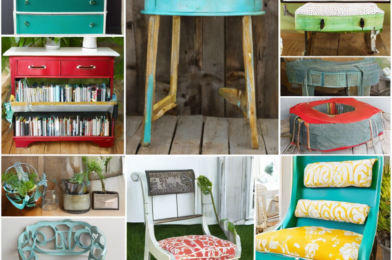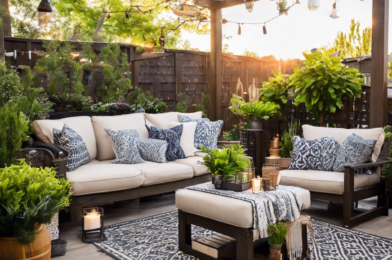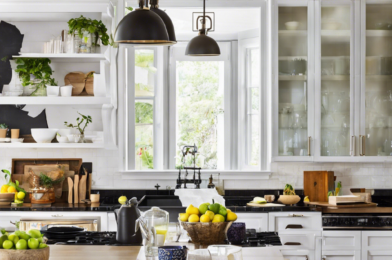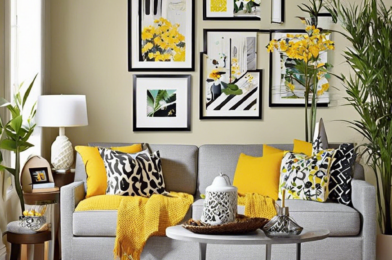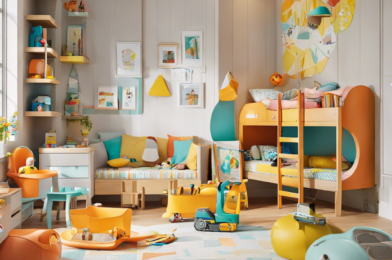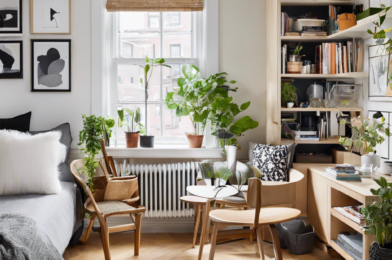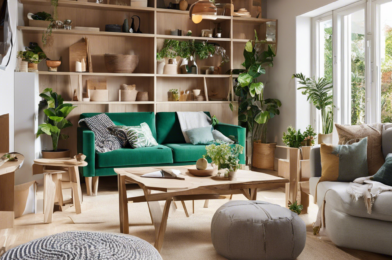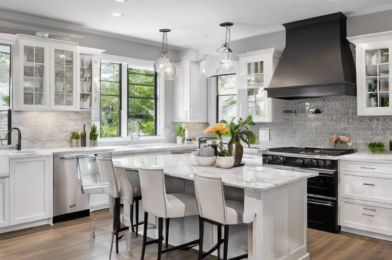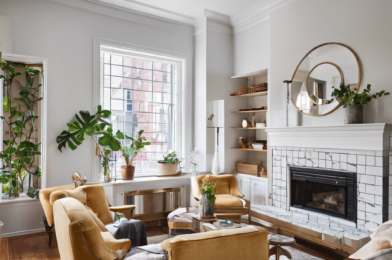Home renovations can be exciting but also daunting and stressful. Whether you’re undertaking a full-home renovation or simply updating a few features, it’s important to approach the process with care and consideration to avoid costly mistakes and ensure a successful outcome. To help you navigate the renovation journey, we’ve compiled expert tips on the most common pitfalls to avoid.
One of the biggest mistakes homeowners make is rushing into a renovation without a clear plan and budget. “Failing to plan is planning to fail,” warns Michael Holmes, a renowned contractor and renovation expert. Take the time to define your goals, create a realistic budget, and develop a detailed plan of action. This includes allowing for contingencies, as unexpected issues often arise during renovations.
Another common mistake is underestimating the expertise and skills required for certain projects. While DIY renovations can be tempting to save costs, it’s important to recognize your limitations and know when to call in the professionals. Electrical and plumbing work, for example, require specialized knowledge and should be left to licensed experts.
Choosing the right contractor is crucial. Don’t simply opt for the cheapest quote; thoroughly research and vet potential contractors. Check references, reviews, and previous work to ensure they are reputable, reliable, and capable of delivering the quality and style you desire. Communicate your expectations clearly and ask questions to ensure everyone is on the same page.
Timing is another critical factor. Be mindful of the time of year and plan your renovation accordingly. For example, outdoor renovations may be best scheduled during warmer months, while indoor projects can be undertaken year-round. Consider seasonal discounts and busier periods for contractors to secure the best deals and timely completions.
Avoiding these common mistakes will put you on the path to a successful renovation. Remember to plan thoroughly, recognize your limitations, choose the right contractors, and consider timing. By following these expert tips, your renovation journey will be a rewarding and satisfying experience.
One of the key aspects of a successful renovation is allowing for flexibility in your budget and timeline. Unforeseen issues, such as structural problems or outdated wiring, may arise, and having some wiggle room in your budget will help you address these challenges without derailing the entire project. Similarly, being rigid with timelines can lead to rushed decisions and added stress.
When creating your renovation plan, prioritize your must-haves and nice-to-haves. This will help guide your spending and ensure that your non-negotiables are accounted for. It’s also a good idea to set aside a small contingency fund for unexpected expenses, typically recommended at around 10-15% of your total budget.
To stay on track, develop a detailed project timeline and communicate it with your contractor. Regularly review progress and make adjustments as needed to stay aligned with your goals. While some delays may be unavoidable, a good contractor will keep you informed and work efficiently to meet deadlines.
Embrace the unexpected and be prepared to adapt. Sometimes, what seems like a setback can lead to an even better outcome. For example, discovering a load-bearing beam during a kitchen remodel might inspire you to create an open-concept design that completely transforms your space for the better.
Renovating your home should be an enjoyable journey, so don’t get too caught up in the potential pitfalls. By planning, budgeting wisely, and staying flexible, you’ll be well-equipped to handle any surprises and create the home of your dreams. Remember to enjoy the process and the sense of accomplishment that comes with transforming your space.
Now, let’s dive into some specific renovation mistakes that homeowners often make, and how you can steer clear of them.
Choosing Style Over Function: It’s easy to get carried away with the latest design trends, but don’t sacrifice functionality for style. Opt for timeless design choices that will age gracefully and ensure your space remains practical and comfortable for your everyday life.
Overspending on Certain Features: It’s important to allocate your budget wisely and avoid overspending on certain elements while neglecting others. For instance, you may want to splurge on a luxurious bathtub, but if it means skimping on essential plumbing work, it’s probably not the best idea. Balance is key.
Inadequate Lighting: Proper lighting is often overlooked but can make or break a room. Avoid relying solely on overhead lighting and incorporate a variety of light sources, such as floor lamps, table lamps, and accent lighting, to create a warm and inviting ambiance.
Neglecting Storage: Don’t underestimate the power of storage! Ensure you incorporate sufficient storage solutions into your design to avoid clutter and maintain an organized and functional space. Custom built-ins, creative nooks, and underutilized space, such as under staircases, can provide clever storage options.
Forgetting the Finishes: Pay attention to the finishing touches, as they can elevate the entire look and feel of a room. This includes choosing the right hardware for cabinets and drawers, selecting complementary light switch covers and outlet plates, and adding decorative elements like crown molding or baseboard trim.
By keeping these expert tips in mind, you’ll be well-equipped to avoid common renovation pitfalls and create a space that not only looks great but also functions perfectly for your lifestyle. Remember to plan, stay flexible, and always prioritize functionality to ensure a successful and enjoyable renovation journey.
